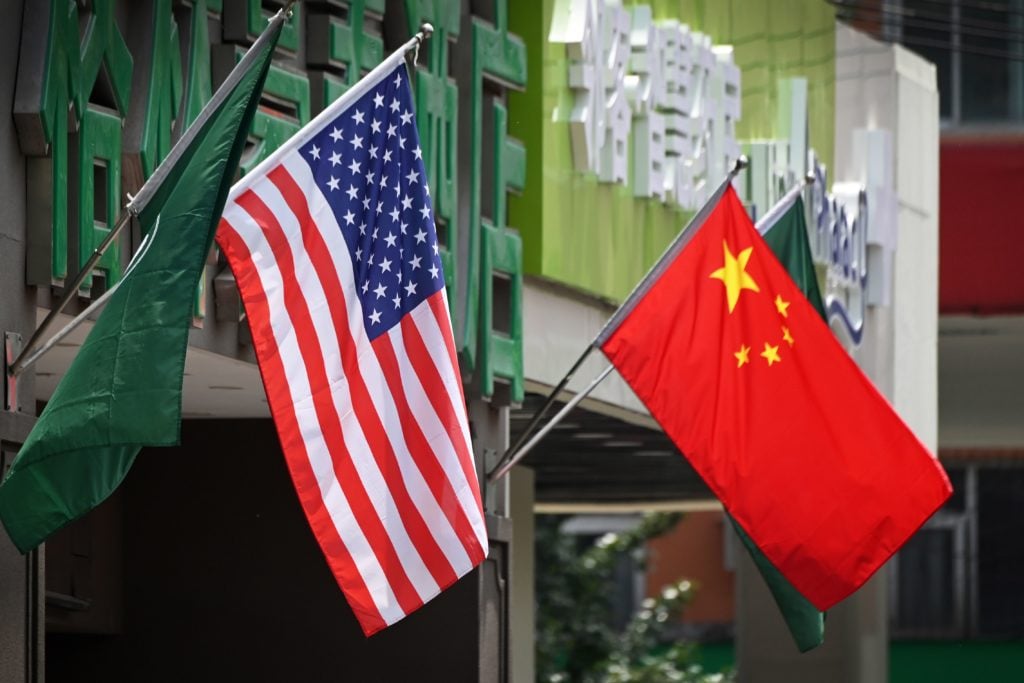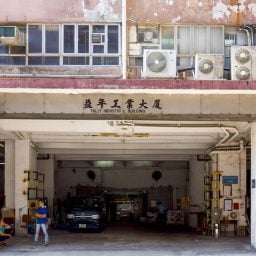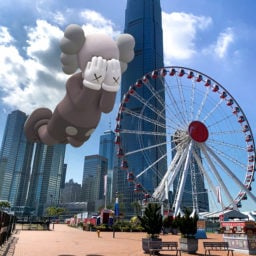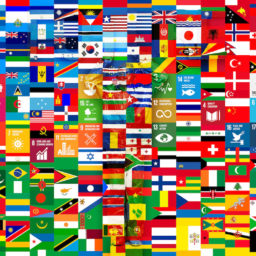Every Monday morning, Artnet News brings you The Gray Market. The column decodes important stories from the previous week—and offers unparalleled insight into the inner workings of the art industry in the process.
This week, examining yet another calamity for the “global art world”…
END OF AN ERA?
On Thursday, China’s parliament overwhelmingly approved a new national security law to be imposed on Hong Kong as soon as September. Although the final text of the regulations will not arrive for weeks, the Washington Post reported that the overarching thrust will “criminalize ‘foreign interference,’ terrorism, secessionist activities, and subversion of state power” throughout the semi-autonomous region. The action likely marks both a turning point in the development of the Asian art market and another instance where politics impacts art much more powerfully than the inverse.
The legislation comes in response to the large-scale pro-democracy protests that dominated Hong Kong from spring 2019 until its public-health shutdown early this year. Chinese Communist Party officials, as well as Hong Kong chief executive Carrie Lam, have routinely portrayed the protesters as “terrorists” and foreign agents, even before their actions sometimes turned violent (often in response to aggression from the authorities).
If you feel like a huge number of specific activities could fall under the broad designations laid out by the new law, you’re right… and that’s the point. Antony Dapiran, a Hong Kong-based attorney and political analyst, summed up the vague language this way: “This law will mean whatever Beijing wants it to mean, and that has serious implications” for civil liberties in the city, including the rights to free speech, free assembly, free trade, and popular elections for the local legislature—an entity Chinese officials bypassed entirely with Thursday’s parliamentary vote.
The main question now facing a variety of different markets is what will become of the special international trade relationships that have enabled Hong Kong to flourish for decades as a global hub for finance and commerce. The US, for instance, places no restrictions on currency exchanges between the US dollar and the Hong Kong dollar, slaps few (if any) tariffs or other added costs onto goods traded with Hong Kong, and requires no visas to travel between the two destinations. None of these benefits is enjoyed by businesses and high-net-worth individuals on the mainland.
Yet their days in Hong Kong now also appear to be numbered. President Trump can incinerate the privileges with a single executive order, and he already signaled his intentions to do so on Friday. Other nations including Australia, Great Britain, and Canada have gestured toward their economic holsters as well, hoping to pressure Beijing into curtailing the final bill’s encroachment on the semi-autonomous region.
If the tactic fails, though, it likely means the premature end of the “one country, two systems” arrangement implemented after the UK handed Hong Kong back to China in 1997—and with it, the end of the city’s internationally vital art scene, at least as we’ve come to know it this century.
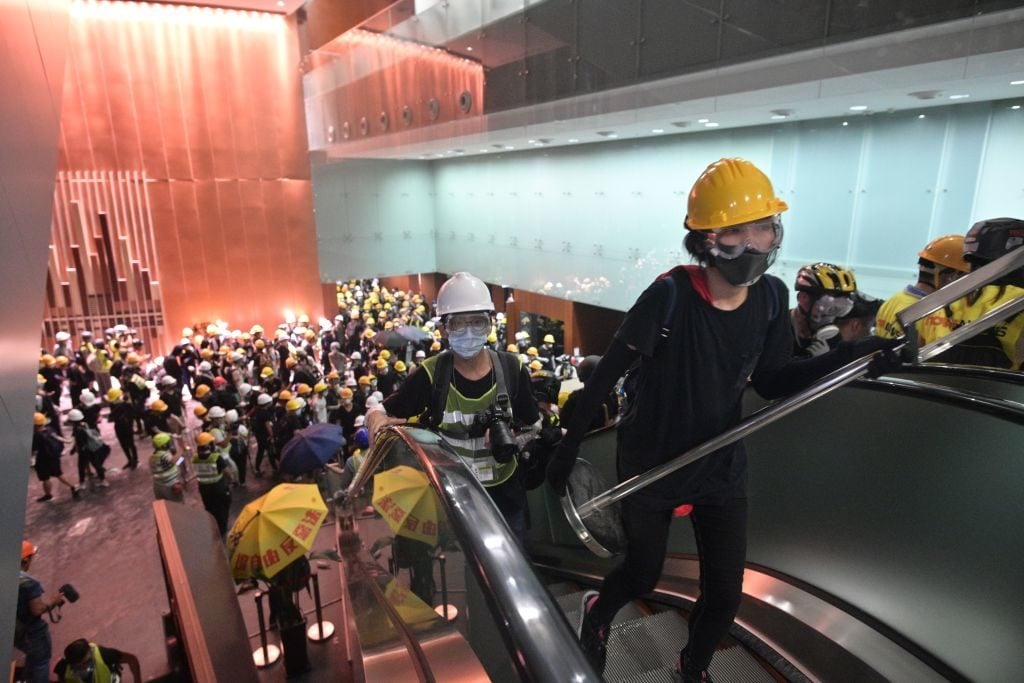
Protesters break into the government headquarters in Hong Kong on July 1, 2019, on the 22nd anniversary of the city’s handover from Britain to China after successfully smashing their way through reinforced glass windows and prizing open metal shutters that were blocking their way. Photo: ANTHONY WALLACE/AFP/Getty Images
ONE-TWO PUNCH
In the worst-case scenario, the forthcoming national security law would deal a double blow to the arts in Hong Kong. The loss of free-speech rights would obviously hold dire implications for the artworks that can be created and the types of messages that can be delivered across creative disciplines. As Jiayang Fan of the New Yorker put it after talking with Hong Kong-based playwright Candice Chong and theater director Chan Chu Hei, “With the latest proposed security legislation, if you dare to question Beijing’s version, you are liable to be accused of subversion.” But for many in the arts, “the real fear is not knowing where the line might lie, and the danger, as a result, is policing one’s own imagination.”
It’s no surprise, then, that 1,500 members of Hong Kong’s art community signed a petition last week proclaiming that the regulation’s “consequent damage to the image of Hong Kong as a cultural metropolis and to the economy will be incalculable.”
The consequences for the art market could be no less severe. An end to economic openness and special trade relationships could almost immediately transform Hong Kong from a global hub to a regional also-ran in the eyes of the international art market—an outcome that would prove especially damaging for sellers hoping that Chinese consumers will be their salvation during the West’s continued struggles during the ongoing shutdown.
For a sense of scale, between 1991 and 2018, total sales of fine art in the district’s auction houses swelled from approximately $11 million to nearly $1.4 billion. While we (as usual) have comparatively few data points to quantify the degree of growth in Hong Kong’s private market over that span, it’s safe to say that such powerhouse Western dealers as Gagosian, David Zwirner, Hauser & Wirth, Pace, and Lévy Gorvy didn’t decide to establish serious permanent operations in the city out of reckless adventurism. Nor is it a coincidence that Art Basel chose Hong Kong as the base for its only East Asian art fair, which rapidly became the region’s premier event for the industry’s elite every March.
How apocalyptic would it be for the art market if Hong Kong became financially indistinguishable from the mainland? Few, if any, dealers have spoken on the national security law’s impact by publication time, but we have some clues from a newsworthy art-specific move last summer.
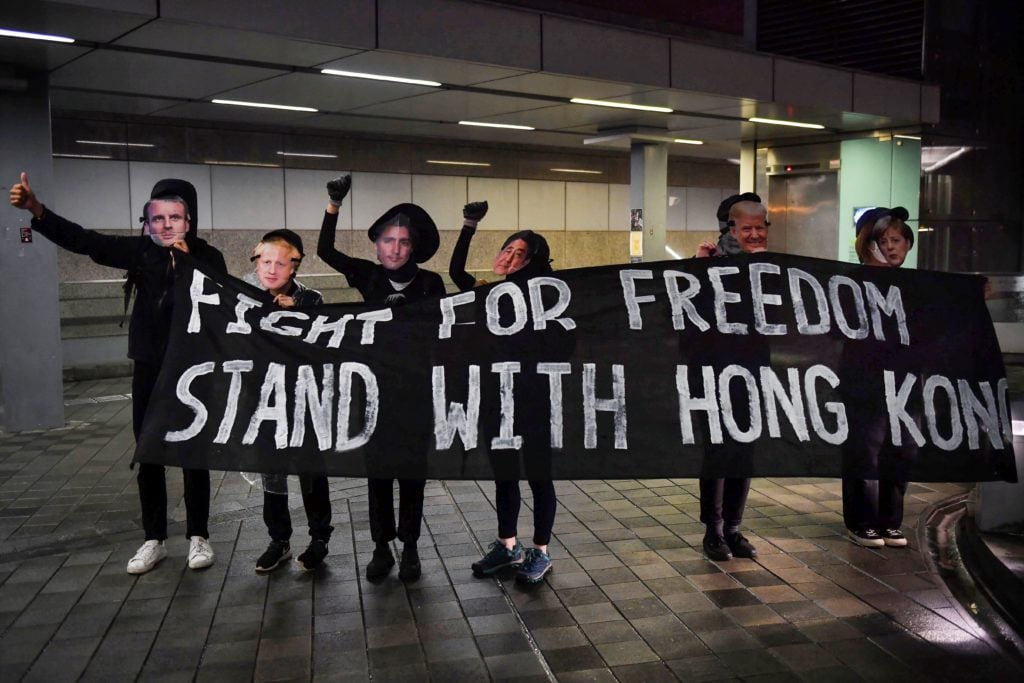
Protesters wearing masks of (left to right) French President Emmanuel Macron, British Prime Minister Boris Johnson, Canadian Prime Minister Justin Trudeau, Japan’s Prime Minister Shinzo Abe, US President Donald Trump and German Chancellor Angela Merkel during a rally at Tamar Park in Hong Kong on September 2, 2019. Photo: Lillian Suwanrumpha/AFP/Getty Images.
ACROSS THE SPECTRUM
When Pace announced in July 2019 that it would sunset the Beijing space it had maintained for more than a decade, gallery co-founder Arne Glimcher declared that it was “impossible to do business in mainland China right now, and it has been for a while.” He based his judgment on the state of the US-China trade war (for reference, the Trump administration was then threatening a 25 percent tariff on importations of Chinese art); a Chinese luxury tax of 38 percent; and reluctance on the part of mainland Chinese citizens to “conspicuously show their wealth” by making major purchases for their residences or offices, presumably for fear of being targeted by Xi Jinping’s fierce (and often politically motivated) anti-corruption campaign.
But Greg Hilty, curatorial director of Lisson, which opened a space in Shanghai in 2019, was considerably more optimistic in comments to my colleague Eileen Kinsella at the time. Hilty downplayed the mainland’s tax obstacles, citing only a one percent import tax and 13 percent sales tax that he considered “workable.” He also indicated somewhat cryptically that “there are other ways of doing business with the Chinese,” and that the gallery “believe[s] the Chinese and Western art worlds and markets will draw ever closer.”
You may be wondering, as I did, what accounts for the dramatically different tax pictures described by Glimcher and Hilty. It turns out that the “Chinese luxury tax” is actually shorthand for a combination of import duties, VAT, and consumption tax, each of which depends on the product trading hands, its nation of origin, and a variety of other factors too labyrinthine for me to sort through on this particular deadline. So while rates can be lower than Glimcher’s estimate in some cases, they can also be even higher in others. In fact, imported luxury goods have sometimes been burdened by taxes of up to 60 percent.
Still, quibbling over specific tax rates and terminology within China would miss the point. What matters most to Hong Kong’s art-market future is the significant financial difference between selling art there versus elsewhere.
Shortly after news broke about Pace’s exit from Beijing, Shana Wu at Art Market Journal provided a chart comparing the respective after-tax income for a dealer selling the same hypothetical $100,000 artwork in three different markets. In Hong Kong, the profit came in at just over 25 percent of the sale price; in the US, it landed somewhere between 15.6 and 19.5 percent; and in mainland China, it crashed into a ditch between zero(!) and 9.3 percent. (Wu’s figures also excluded tariffs, meaning the actual earnings from a US dealer could be even lower right now thanks to Trump’s current 7.5 percent tariff on Chinese artwork.)
If that sobering mainland-Chinese profit range begins to apply to Hong Kong, too, it’s not hard to imagine international dealers and buyers thinking twice about the city based on the financial picture alone. Add in the possible restrictions on free expression for artists and galleries, mainland-style fear of flexing on the buy side, and new hurdles to the flows of traffic and money for everyone involved, and Hong Kong’s “global hub” status could be crippled in a fraction of the time it took to power up.
Again, I’m presenting the worst-case scenario here. It’s possible that international pressure convinces Beijing to soften the final form of the forthcoming national security laws. Personally, though, I’m pessimistic about the outcome for both the city’s art scene and its civil liberties. Believing otherwise requires believing in a world where the decision-makers involved prioritize cosmopolitan globalism, free and fair exchange between cultures, and a shared goal of reaching common ground at all, let alone through the specific avenue of artworks and exhibitions. That vision is the founding myth and the driving force behind the construct we’ve come to know as the “global art world.”
But with Communist party officials poised to scrap Hong Kong’s semi-autonomy, with yet another murder of a black American citizen by a white American cop setting off justifiably furious protests in cities across the US that often ended with even more police violence, and with a historic public-health crisis too often showing just how little people in and out of power care about anyone beyond their own direct interest groups—both at home and abroad—I think it’s past time for many of us in the arts to recognize that the seemingly enlightened assumptions we held about human progress at the start of this century were naive, self-interested, or both. What’s happening in Hong Kong is a microcosm; the consequences for all of us, in the arts and a whole variety of issues, are far, far bigger.
[The Washington Post]
That’s all for this week. ‘Til next time, remember what Lenin said: there are decades where nothing happens, and there are weeks where decades happen.
